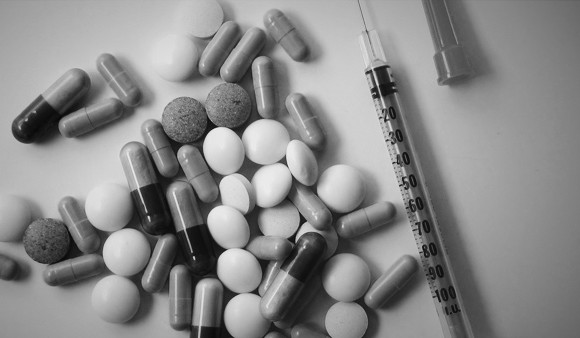Family
Addiction: A Disease

The recents deaths of iconic entertainers Michael Jackson and Whitney Houston temporarily put a face on addiction and illuminated the tragic and regrettable ends when addiction becomes unmanageable. Addiction has shown itself to be non-discriminatory in regards to race, sex, age, creed, or socio-economic status but misperceptions persist.
These misperceptions prompted the American Society of Addiction Medicine (ASAM) to develop a new definition of addiction. ASAM is a professional society of doctors specializing in the prevention and treatment of addiction. The new definition resulted from a four year process that included experts in addiction, neuroscience scientists, and experts from the National Institute on Drug Abuse (NIDA).
“Addiction is a chronic brain disorder, and not merely a behavioral problem or simply the result of the wrong choices. Addiction is much, much more than a behavioral problem involving excessive drugs, sex, gambling, or alcohol.” Drugs, sex, gambling and alcohol are the more notable and pervasive addictions. Addiction is not the result of psychiatric or emotional issues, nor does it have any specifics causes. Therefore addiction is classified as a primary disease.
Addiction is a chronic (long-term) disease, meaning treatment, observation, and monitoring must be maintained throughout the patient’s lifetime.
Although there is no single reason some people become addicted while others do not, the more risk factors the individual has, the probability of addiction becomes much greater. These risks factors include:
- biology/genes
- environment
- drug type (some drugs are more addictive than others)
- individuals’ brain mechanics
Scientist estimate that biological and genetic factors account for between 40 and 60 percent of a person’s vulnerability to addiction. 4 Twenty-five percent of individuals who engage in potentially addictive behavior before the age of thirteen will become addicts. People with mental deficiencies are also more susceptible to addiction.
The initial decision to engage in risky behavior is mostly voluntary. However, once addicted the disease creates distortions in reasoning and perceptions. Addiction causes changes in the brain’s structure and how the brain works by flooding the brain with dopamine.
Dopamine is a neurotransmitter responsible for the feelings of pleasure and cognition. The euphoric effects created by the stimulation of the brain with dopamine teaches the person to repeat the behavior. This is the anatomy of addiction.
Most people are quite limited in their ability to prevent the initial experimentation with potentially addictive behaviors or substances by friends, family, or acquaintances. Yet, few of us can escape the reach of addiction when people we know and care about is infected with the disease of addiction.
Because addicts are reluctant to admit their addiction, be observant for the common signs of drug addiction (www.atlantarecoverycenter.com). Resist the urge to be an enabler, someone who facilitates the continuation of addiction.
The popularity of Whitney and Michael put addiction in the national headlines. Their fateful demise should serve as the reminder of what an individual is willing to surrender when they can’t get the grip of addiction to release them.
Not all addictions lead to the loss of one’s life, but invariably there are costs to be paid. Losing a job, destruction of meaningful relationship, homelessness, prostitution, and poverty are often the costs of addiction.
Addiction is not a choice and genes are the primary contributor. There is no cure for addiction so recovery, a perpetual status for the addict, is an absolute necessity for ending destructive behavior.
If you or someone you know is in need of help to confront an addiction, discuss it with your primary care physician or contact the National Addiction Hotline, 1 (866) 701-0102 or visit www.nationaladdictionhotline.com for assistance.
Medical News Today, “Addiction Has a New Definition”, www.medicalnewstoday.com
National Institute on Drug Abuse, “The Science of Addiction”, www.drugabuse.gov

-

 Black History4 months ago
Black History4 months agoThe untold story of a Black woman who founded an Alabama hospital during Jim Crow
-

 Featured8 months ago
Featured8 months ago‘No Closure’ In Town Where Five Black Residents Were Either Murdered, Died Suspiciously Or Are Missing
-

 Black History9 months ago
Black History9 months agoBlack History Lost and Found: New Research Pieces Together the Life of Prominent Texas Surgeon and Activist
-

 Featured8 months ago
Featured8 months agoFounder of “The Folding Chair” Podcast Calls Montgomery’s Brawl ‘Karma’
-

 Featured8 months ago
Featured8 months agoThousands ‘Live Their Dream’ During National Black Business Month
-

 Featured10 months ago
Featured10 months agoJuneteenth And ‘246 Years Of Free Labor’ Are Key To Conversations About Reparations

